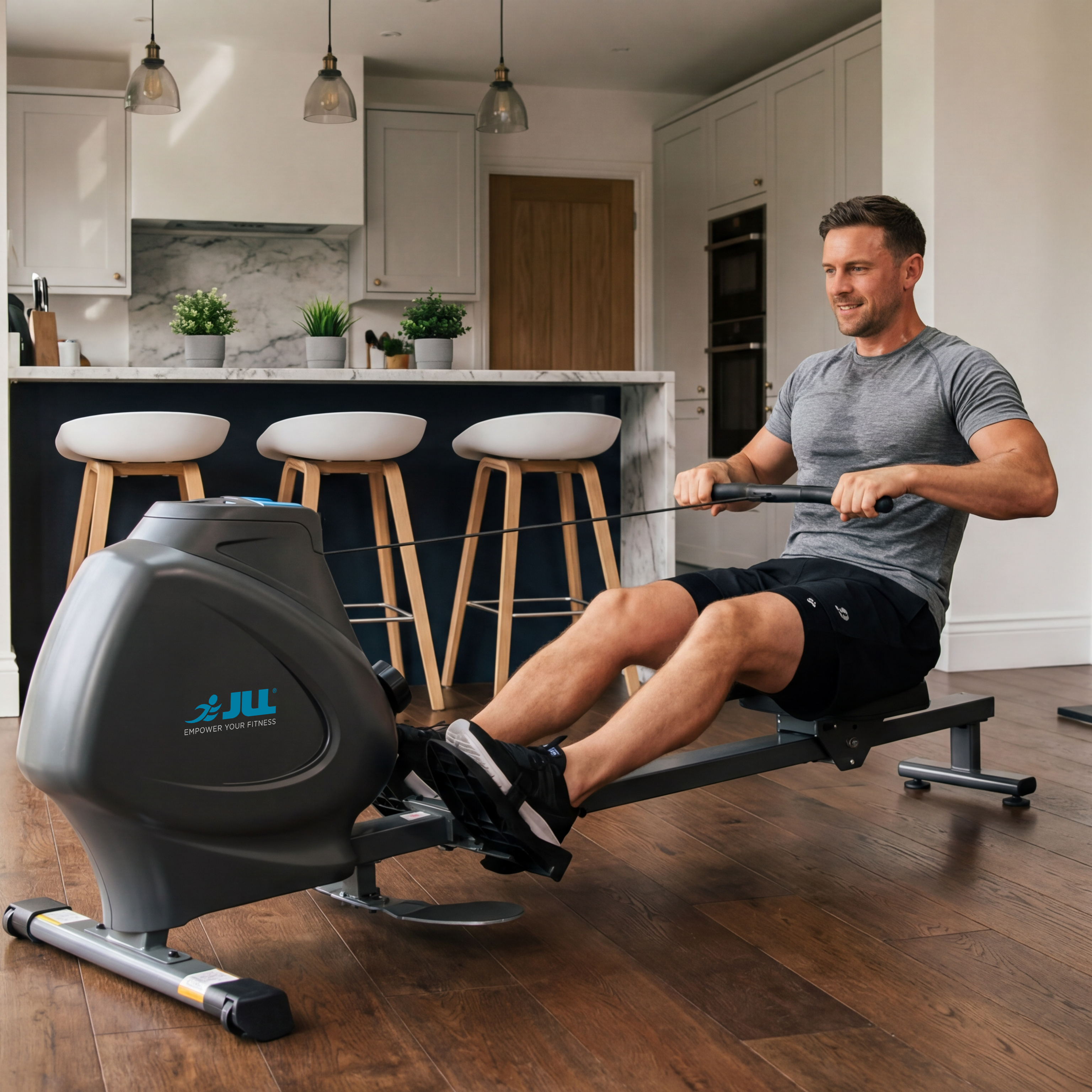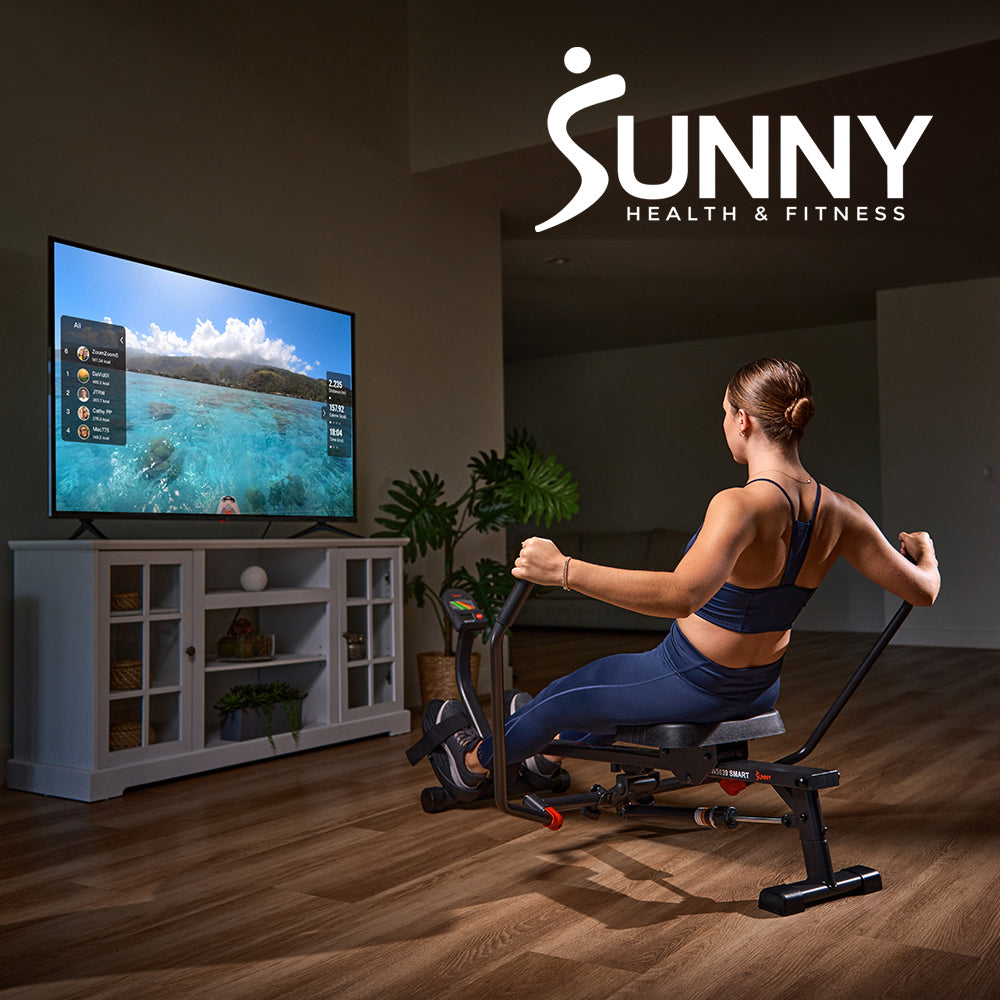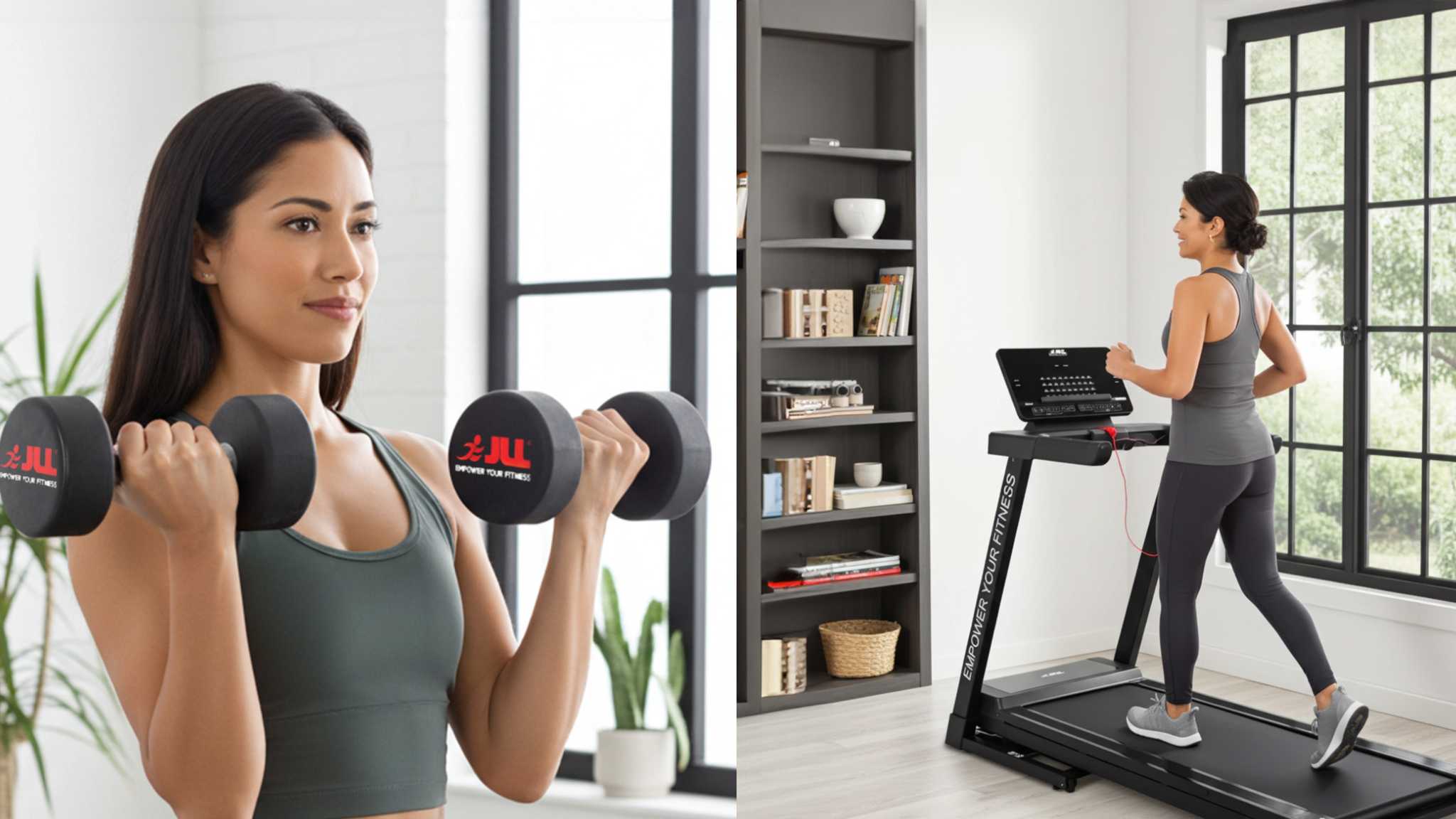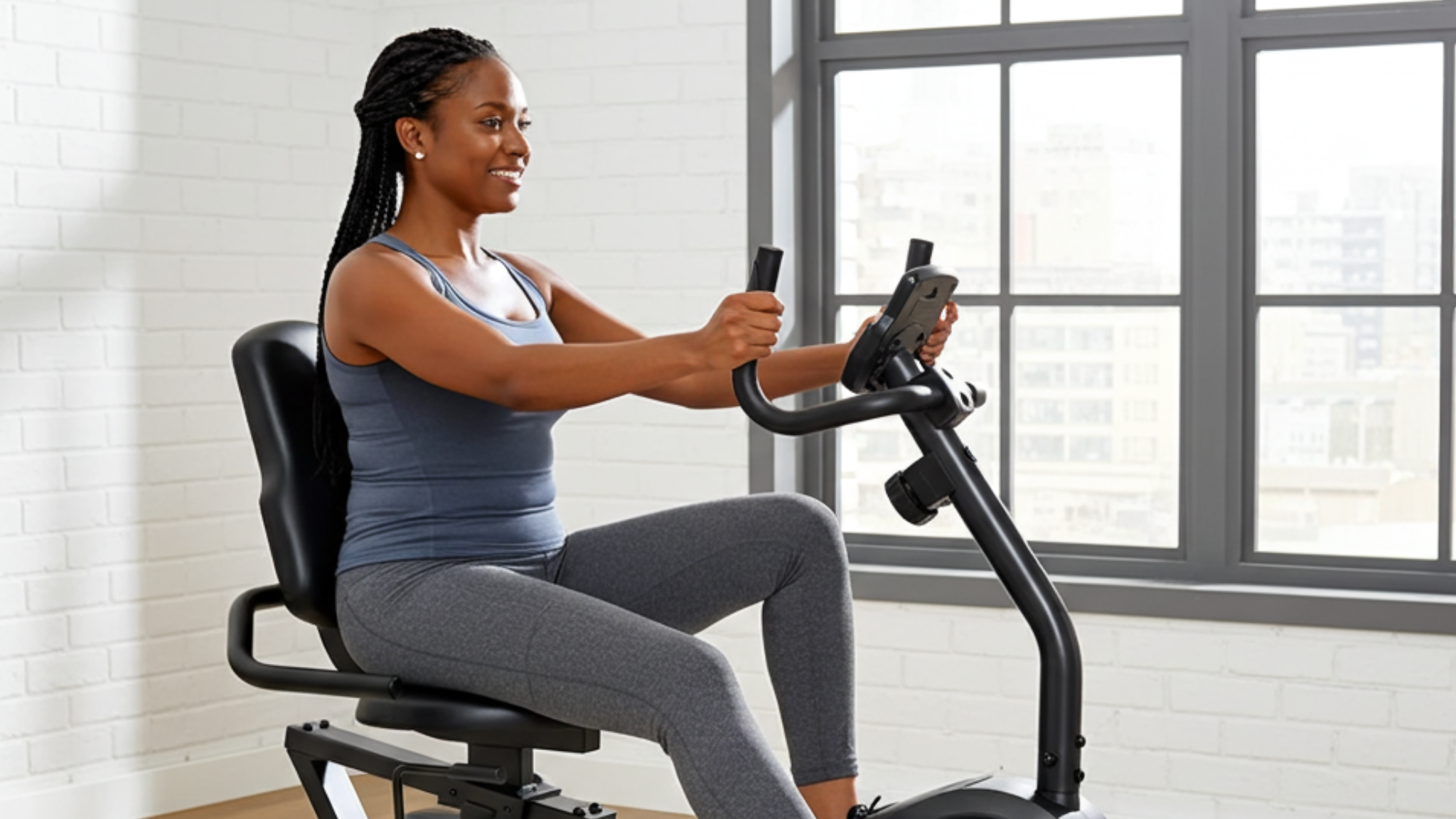Endurance isn’t just about surviving longer workouts - it’s about building a stronger, fitter body that recovers faster, resists fatigue, and performs at a higher level. The cross trainer is one of the best cardio machines for developing endurance because it challenges both your upper and lower body while staying low-impact on the joints.
In this guide, we’ll break down everything you need to know about building endurance on a cross trainer, whether you’re a beginner or looking to take your fitness to the next level.
Why Endurance Training on a Cross Trainer Matters
Endurance training builds far more than stamina. It:
- Strengthens your heart and lungs
- Increases aerobic capacity (how efficiently your body uses oxygen)
- Improves recovery between workouts
- Burns more calories without exhausting you too quickly
For runners, cyclists, and rowers, endurance training on a cross trainer is also a great cross-training tool, building cardiovascular fitness without putting additional stress on your joints. And for beginners, it provides the safest way to develop a solid fitness foundation.
Step 1: Lay Your Foundation
Every endurance journey begins with a base. Start with 20–30 minutes at a steady, moderate pace on the cross trainer. Focus on:
- Smooth, controlled strides
- Posture upright and relaxed
- Sustainable effort (you should be able to talk, but not sing!)
This stage allows your body to adapt to regular training and reduces the risk of fatigue or injury. Stick with this base for a few weeks — over time, what feels challenging now will soon feel comfortable.
Step 2: Step It Up, Week by Week
Avoid the mistake of doing too much, too soon. Endurance is built gradually. Add around 5 extra minutes per week to your sessions until you can comfortably train for 40–45 minutes.
Why it works:
- Gradual progress strengthens your cardiovascular system without overloading it.
- Slow increases train mental endurance — staying focused and consistent as sessions get longer.
👉 Think marathon, not sprint: the slower the build, the more sustainable your endurance gains.
Step 3: Master Your Breathing
Your breathing rhythm can make or break your performance. Sync your stride with deep, controlled breaths:
- Inhale through your nose
- Exhale through your mouth
- Maintain a steady rhythm
This keeps your heart rate stable, fuels your muscles with oxygen, and makes the workout feel easier. If you lose rhythm, slow your pace briefly to reset. With practice, your body will push further without leaving you breathless.
Step 4: Conquer the Climbs
Endurance isn’t only about lasting longer — it’s about handling tougher challenges. Increase resistance on the cross trainer to mimic uphill climbs.
Benefits:
- Builds muscular endurance in your legs and core
- Raises your cardio threshold, making steady sessions feel easier
- Adds strength training to your cardio workout
Add just a few resistance “climbs” per session. Over time, they’ll transform your stamina and help you handle fatigue more effectively.
Step 5: Switch Up Your Routine
Repetition is the enemy of progress. For maximum results, alternate between different types of sessions:
- Steady-state training: Long, moderate sessions to build overall stamina
- Interval training: Short bursts of high resistance/speed followed by recovery periods
This variety:
- Trains both aerobic (endurance) and anaerobic (power) systems
- Prevents boredom and plateaus
- Keeps workouts fun and engaging
👉 Example: 20 minutes steady-state + 10 minutes of 1-minute high-resistance intervals with recovery.
Step 6: Measure Your Success
Tracking progress keeps motivation high. Record not just your time, but also:
- Distance covered
- Resistance levels
- Calories burned
- Average heart rate
Celebrate milestones — whether it’s your first 45-minute session or hitting a new calorie burn record. If you plateau, tweak your routine by increasing resistance, adding intervals, or extending your duration. Small weekly improvements add up to big endurance gains.
Step 7: Pro Tip — Stride With Purpose
The secret to endurance isn’t just effort, it’s consistency with good form. Focus on:
- Tall posture
- Smooth, controlled strides
- Rhythmic breathing
Don’t chase speed at the expense of form. Sloppy strides waste energy and increase injury risk. By training smarter — not just harder — you’ll naturally build the stamina to train longer and stronger.
Final Thoughts: Building Endurance the Smart Way
The cross trainer is one of the best tools for developing endurance because it’s:
- Low-impact → easy on joints
- Full-body → engages arms, legs, and core
- Versatile → suitable for steady-state, climbs, and HIIT
By following this guide — building a strong base, progressing gradually, mixing sessions, and focusing on form — you’ll see endurance improvements in weeks, not months.
Endurance training on the cross trainer doesn’t just make you better at this one machine — it makes you a stronger runner, cyclist, and athlete overall.
Ready to Start Building Endurance?
At JLL Fitness, we design durable, compact cross trainers perfect for home use. Whether you’re just starting out or levelling up, we’ve got the equipment to keep you moving.
👉 Shop Cross Trainers and start building your endurance today.










Leave a comment
All comments are moderated before being published.
This site is protected by hCaptcha and the hCaptcha Privacy Policy and Terms of Service apply.